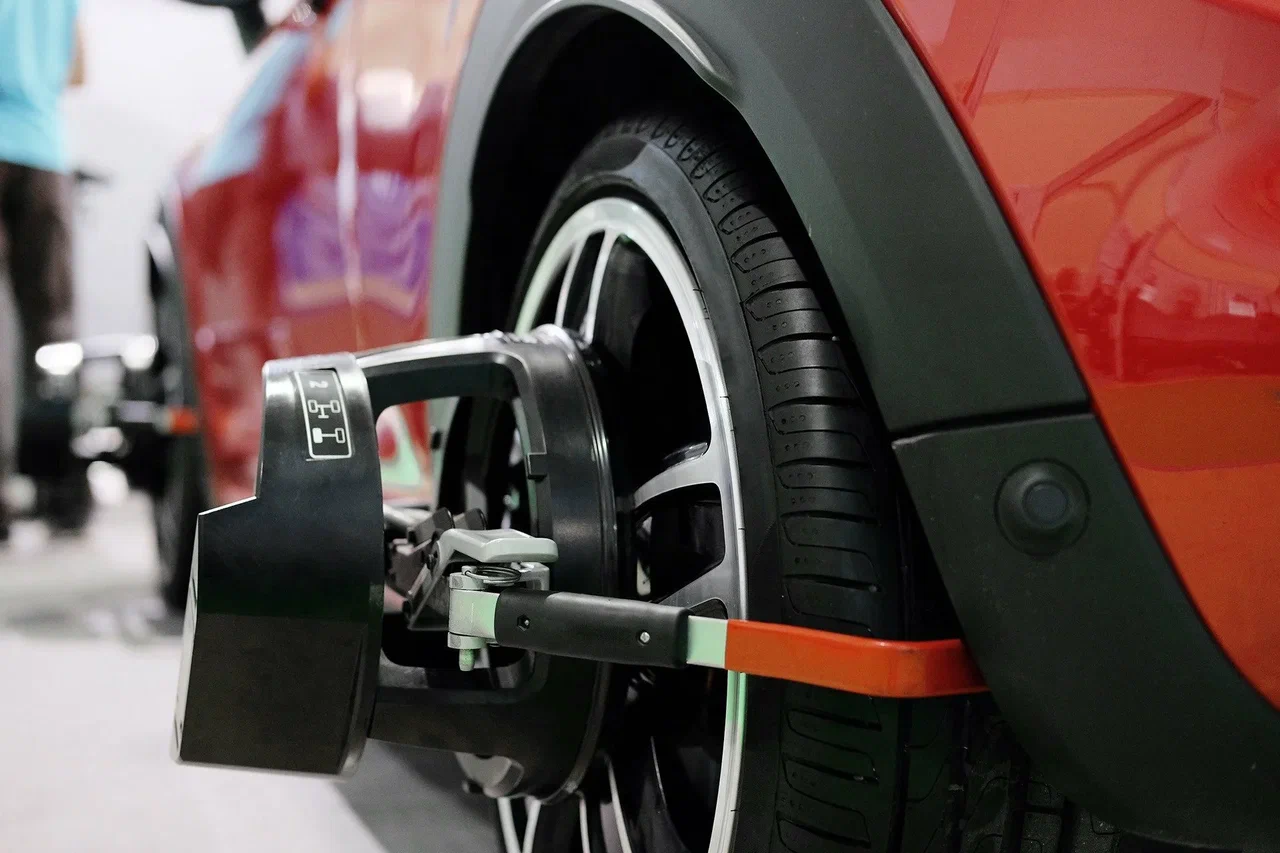Is Calibration Necessary for a Wheel Aligner Machine?
Wheel Aligner Machines
Wheel aligner machines are important tools in any automotive workshop. These machines help make sure a vehicle’s wheels are properly aligned. When wheels are not aligned, it can cause uneven tire wear, steering problems, and reduce fuel efficiency. A wheel aligner machine checks the angles of the wheels and helps adjust them to the car manufacturer’s specifications.
Understanding Calibration in Wheel Aligner Machines
Calibration is the process of setting and verifying the accuracy of a machine. In the case of a wheel aligner machine, calibration ensures that the measurements it provides are correct. Without calibration, the machine may give wrong results, leading to poor alignment and vehicle problems.
Using a wheel aligner machine without proper calibration can result in inaccurate alignment. This can cause safety issues and make drivers uncomfortable while driving. That is why calibration is so important.
Why Calibration Matters for Accurate Wheel Alignment
Ensures Precise Measurements
A wheel aligner machine that is not calibrated correctly can give wrong data about wheel angles. These small errors can lead to big problems on the road. Regular calibration ensures the machine gives exact readings every time.
Prevents Uneven Tire Wear
One major reason people use wheel aligner machines is to make sure tires wear evenly. If the machine is not calibrated, it may align the wheels incorrectly, causing the tires to wear out on one side faster than the other.
Improves Driving Safety
When the wheels are aligned properly, the car handles better and is safer to drive. A calibrated wheel aligner machine helps keep vehicles stable on the road, especially when turning or braking suddenly.
How Often Should a Wheel Aligner Machine Be Calibrated?
Manufacturer Recommendations
Most manufacturers provide specific instructions on how often to calibrate a wheel aligner machine. It could be every 6 months, annually, or after a certain number of uses. Following these guidelines is key to maintaining accuracy.
Usage Frequency
If a shop uses their wheel aligner machine frequently, it may need calibration more often. Daily use can cause wear and tear on sensors and parts, affecting accuracy over time.
After Relocation or Impact
If the machine has been moved to another location or has been bumped or dropped, it should be recalibrated. Even small shifts can affect the internal sensors.
The Coats Company’s Approach to Calibration
Commitment to Quality
The Coats Company understands how important accuracy is when it comes to wheel alignment. Their wheel aligner machines are built with quality and precision in mind. However, like all precision tools, they must be calibrated regularly.
Support and Guidance
The Coats Company offers support and advice on how and when to calibrate their wheel aligner machines. Their team helps customers make sure the machines stay in top working condition.
Signs That a Wheel Aligner Machine Needs Calibration
Inconsistent Readings
If the machine shows different results for the same vehicle in a short time, it may need calibration.
Poor Vehicle Handling After Alignment
If a car doesn’t drive smoothly after an alignment, the machine might be giving wrong data. That’s a clear sign that it should be checked.
Warning Messages or Alerts
Some modern machines show error codes or alerts when something is wrong. Pay attention to these messages.
Steps to Calibrate a Wheel Aligner Machine
Step 1: Read the Manual
Each machine is different. The user manual from The Coats Company provides step-by-step instructions for calibration.
Step 2: Use a Level Surface
Place the machine on a level and stable floor. Uneven surfaces can affect calibration.
Step 3: Follow Calibration Process
Use the tools provided and follow the instructions to check and adjust each sensor and camera if needed.
Step 4: Verify Accuracy
After calibration, test the machine with a known standard or vehicle to make sure it is working properly.
Benefits of Regular Calibration
Longer Equipment Life
When machines are calibrated regularly, they last longer and perform better. This reduces the need for repairs or replacements.
Better Customer Satisfaction
Customers notice when their vehicles handle better. A properly calibrated wheel aligner machine ensures the job is done right the first time.
Professional Reputation
Shops that use well-maintained and accurate equipment earn a better reputation. This helps grow the business and bring in more clients.
Common Calibration Mistakes to Avoid
Ignoring Manufacturer Guidelines
Every wheel aligner machine is different. Always follow the instructions provided by The Coats Company for best results.
Skipping Calibration After Moving the Machine
Even small movements can affect the sensors. Always recalibrate if the machine is moved.
Using Damaged or Worn Tools
Make sure the tools used for calibration are in good shape. Broken tools can give wrong results.
Digital Features That Help With Calibration
Self-Calibration Alerts
Some wheel aligner machines from The Coats Company come with smart features that remind the user when it’s time to calibrate.
Software Updates
Updated software can improve the calibration process. The Coats Company often provides updates that help improve machine performance.
Remote Assistance
If a technician is unsure, they can contact The Coats Company for remote support. This helps with proper calibration without delays.
FAQs About Wheel Aligner Machine Calibration
Is calibration expensive?
No, calibration is not costly and can prevent bigger problems later.
Can anyone calibrate the machine?
It’s best to have trained staff or follow The Coats Company’s guide. Some shops also hire certified technicians.
How long does calibration take?
It usually takes less than an hour if done regularly.
What happens if I don’t calibrate my machine?
You may end up with poor wheel alignments, unhappy customers, and tire damage.
Final Thoughts
Regular calibration of a wheel aligner machine is not just necessary, it’s essential. It ensures accurate wheel alignment, improves safety, and helps vehicles perform better. The Coats Company recommends checking the machine regularly and following their easy-to-use guide. A small effort in calibration can lead to big rewards in performance and customer satisfaction.
Here, you can read more Blogs!

